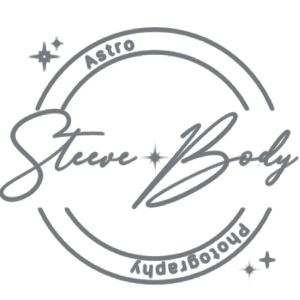There’s something magical about a road trip with your child, and this one will forever hold a special place in my heart. With a brand-new car and my 10-year-old son in tow, we embarked on his first big adventure—a journey filled with discovery, bonding, and a shared love of the stars.
Our destination was Swan Reach, South Australia, a location nestled within a Dark Sky Reserve near the Murray River. Renowned for its pristine skies, it boasts a Bortle 1 rating and offers an astounding 300 clear nights a year—perfect conditions for astronomy. The mission? To set up a remote observatory as part of my partnership with the Deep Sky Remote Observatory (DSRO) team.
The Journey
The drive itself was as memorable as the destination. We explored vast open roads, marvelled at intricate silo art, and stumbled upon quirky sights like a pink salt lake and an unusually gigantic koala sculpture. The scorching 40°C heat didn’t deter us; we even found a local swimming pool to cool off before reaching Swan Reach.




The Observatory
Swan Reach Imaging provided an exceptional base for the installation. The team made the process smooth, and after months of planning and coordination, the system is now operational. I was responsible for designing, assembling, and fine-tuning the setup. This observatory is equipped to capture low surface brightness objects and conduct sky surveys, aiming to uncover faint, unexplored features of the southern skies. With its advanced imaging capabilities, this system has the potential to reveal objects rarely, if ever, imaged before.


The Team
This project is a collaboration with some incredible astrophotographers
•Steve Mandel: Steve’s pioneering work includes the discovery and imaging of integrated flux nebulae. His wide-field astrophotography has contributed to several scientific papers and advanced our understanding of faint interstellar structures.
•Bob Fera: An astrophotographer with decades of experience, Bob’s technical expertise and passion for high resolution deep-sky imaging make him an invaluable collaborator.
Working with Steve and Bob has been an inspiring experience, and their mentorship and insights have elevated this project to a new level.
Looking Ahead
This observatory is just the beginning. The setup is optimised for exploring faint nebulae and conducting long-exposure sky surveys, promising discoveries that could contribute to both scientific research and artistic expression. I’m excited to see the stunning images this system will produce and the potential stories they’ll tell about our universe.
A Personal Milestone
This trip was more than just a technical milestone; it was a chance to share my passion for the stars with my son. Watching his eyes light up as he learned about the observatory and experienced the vastness of the Australian outback made every moment of planning and effort worth it.
As we look toward 2025, I’m filled with anticipation for the images, discoveries, and memories this project will bring. Here’s to clear skies and endless possibilities!

